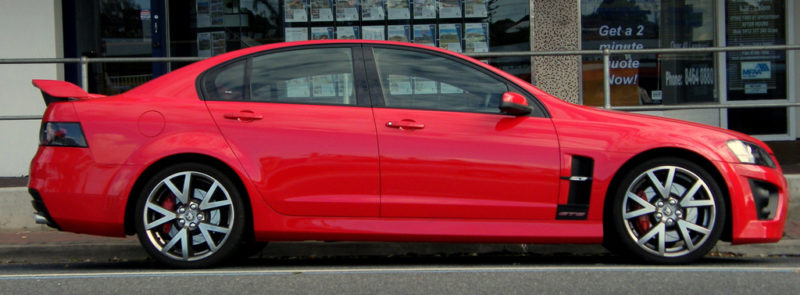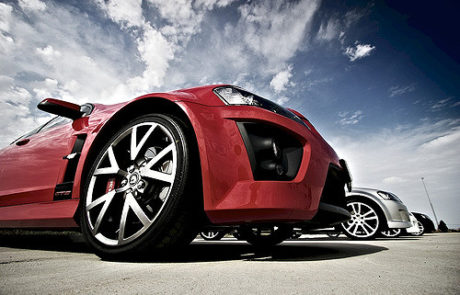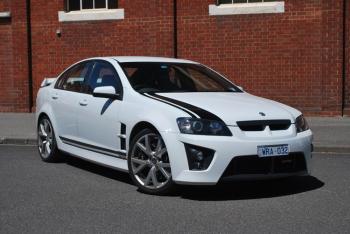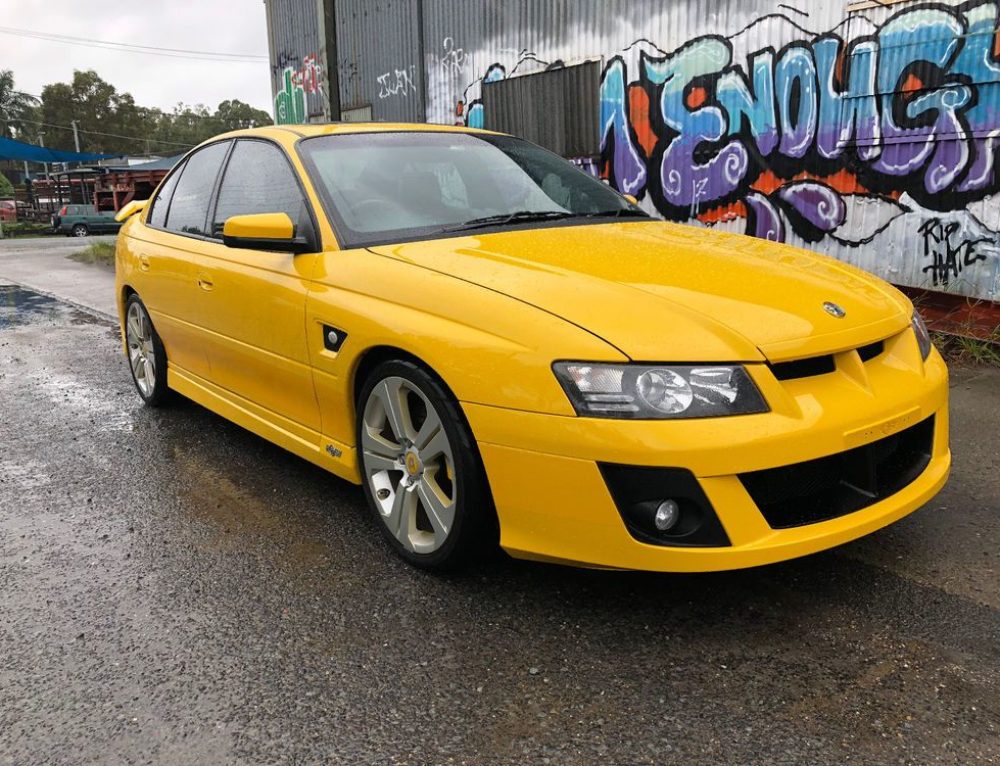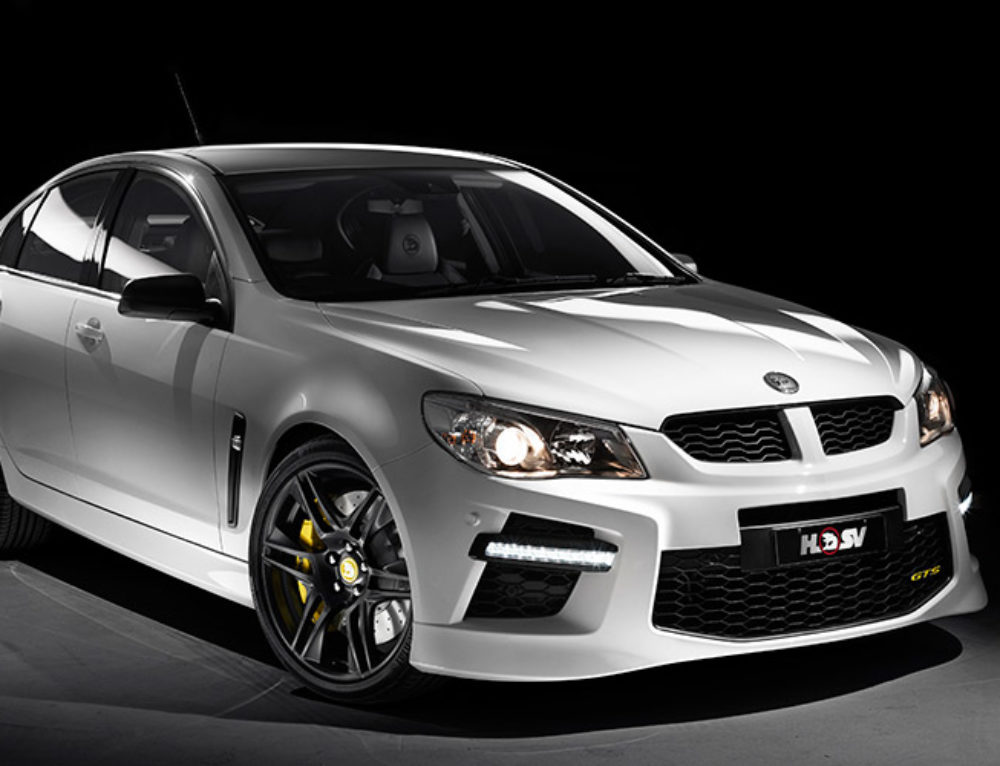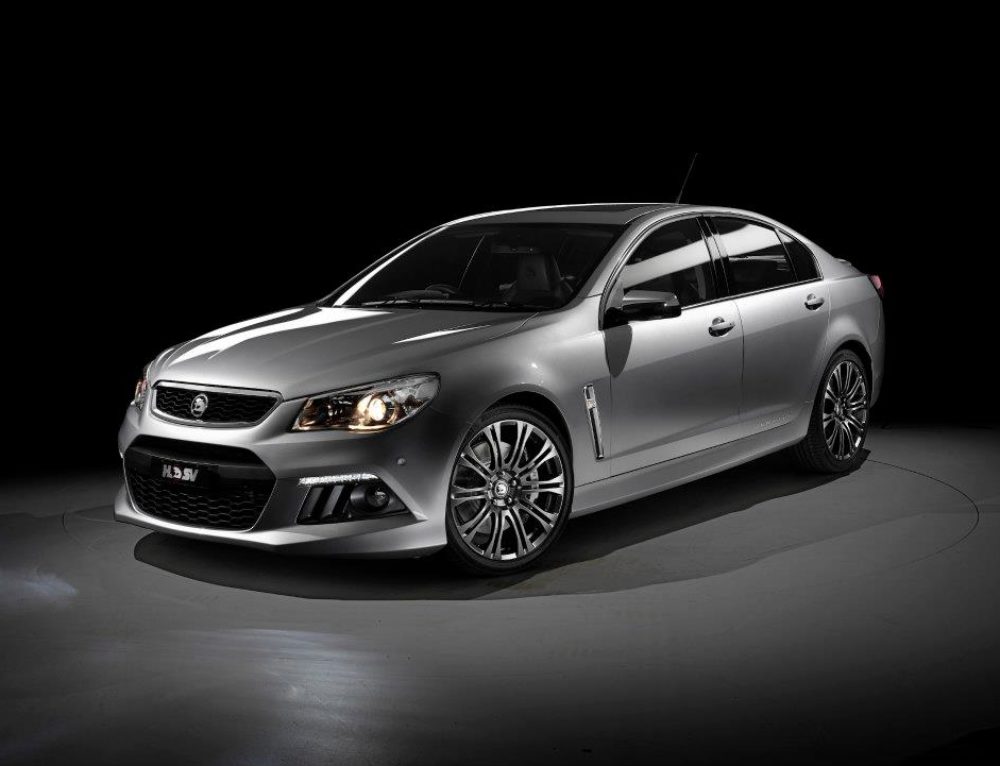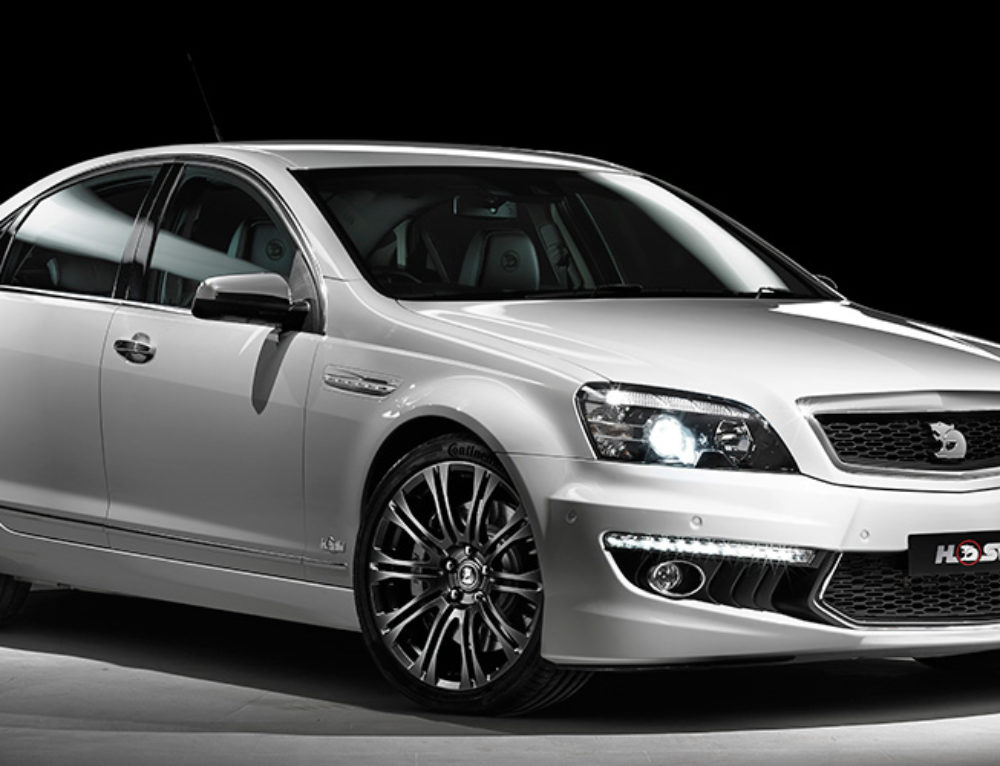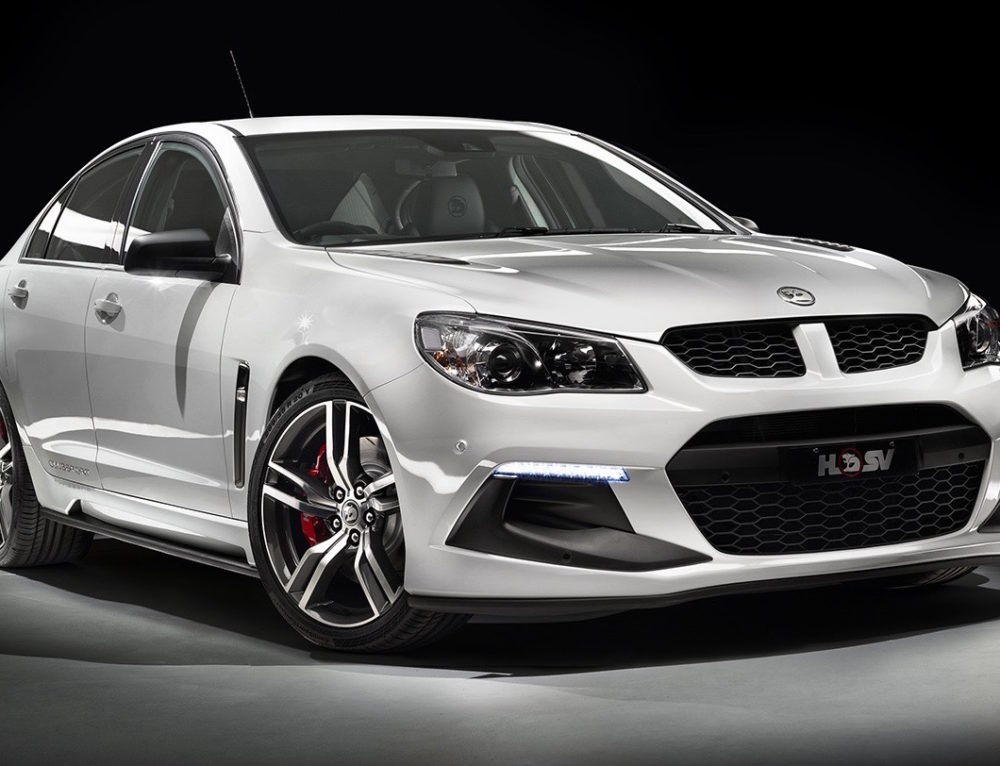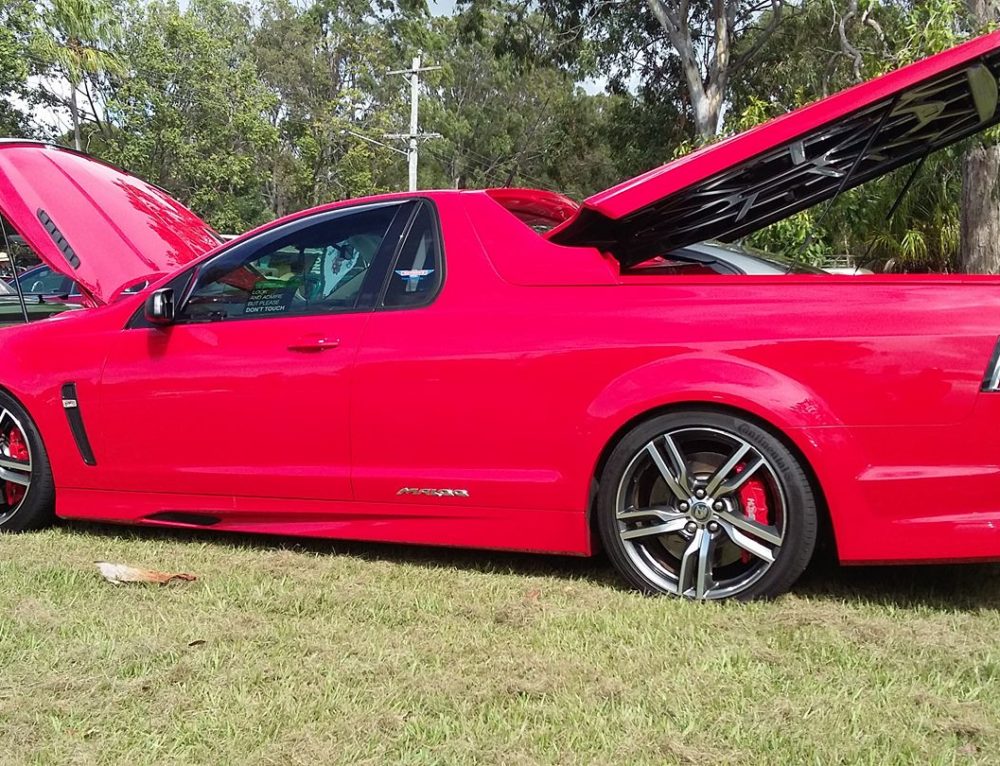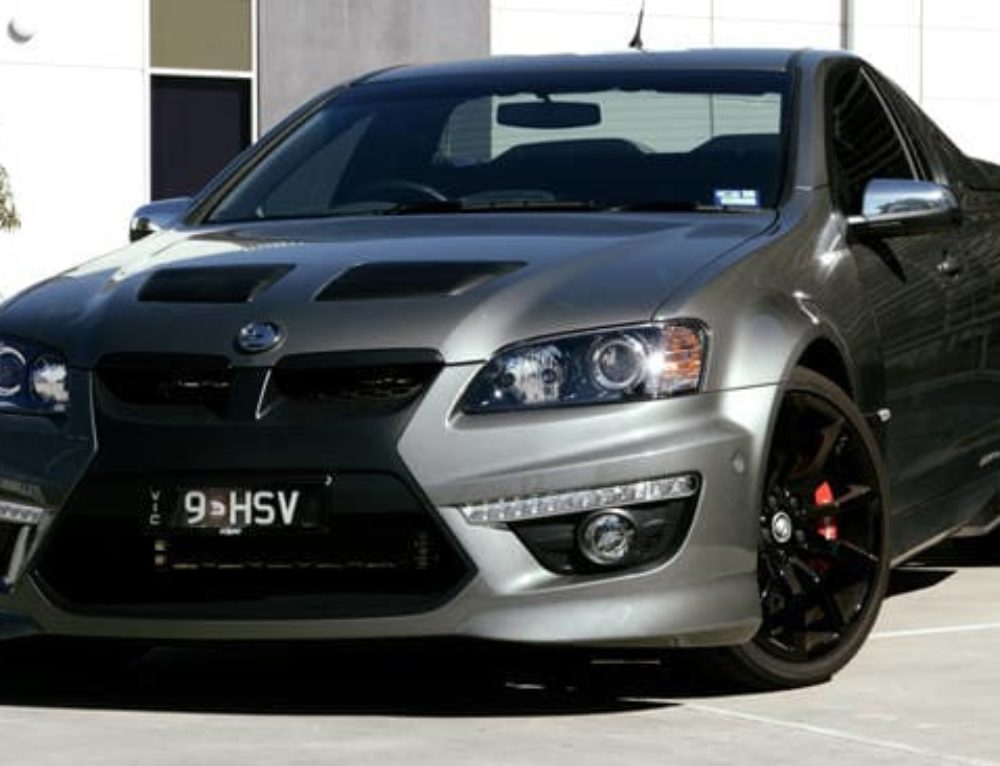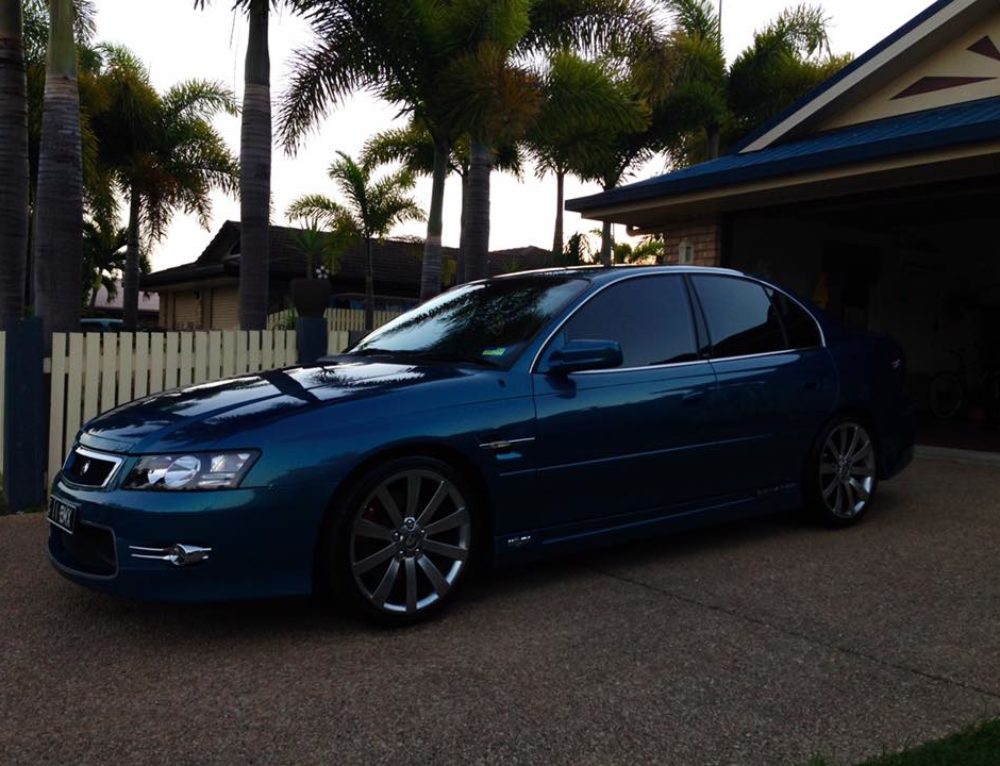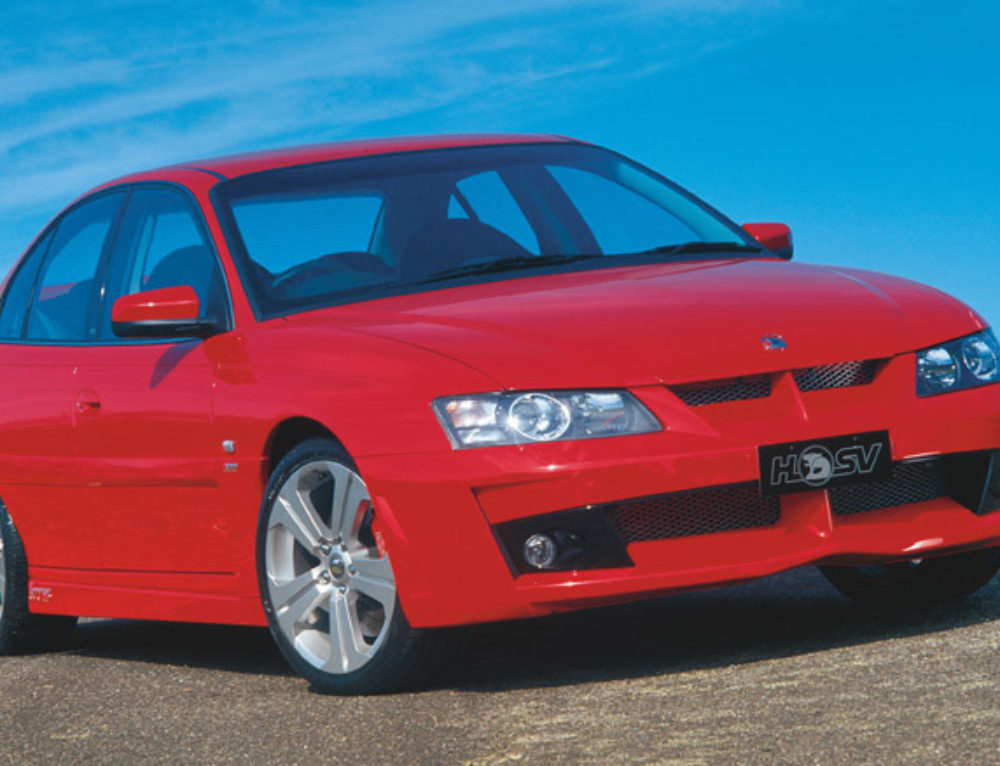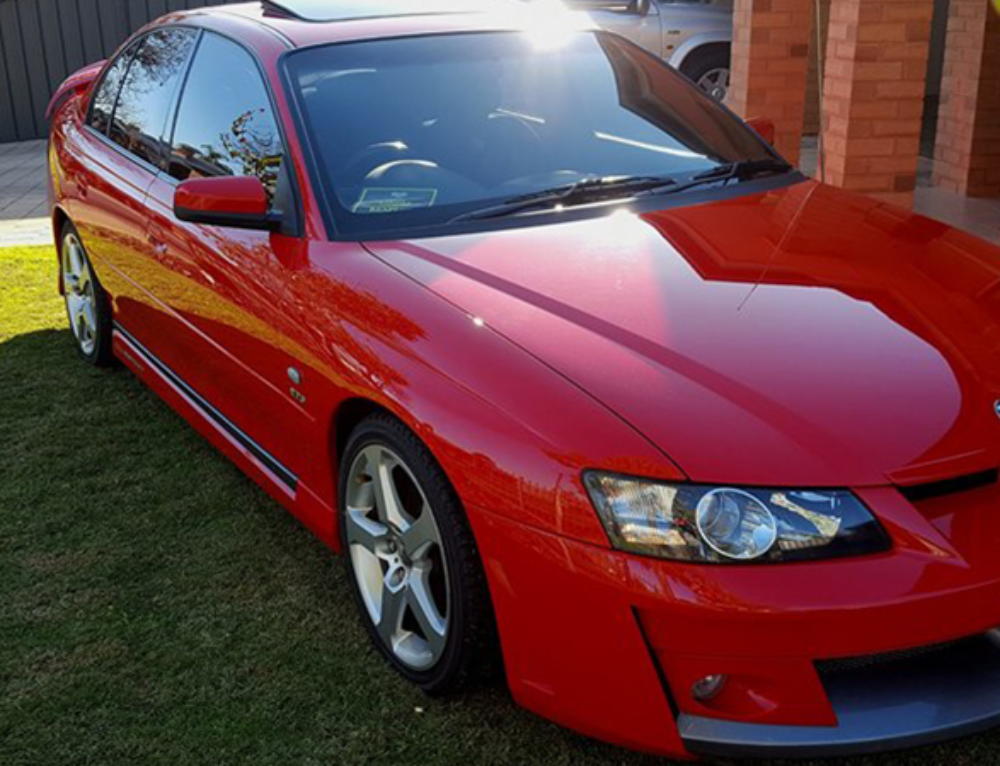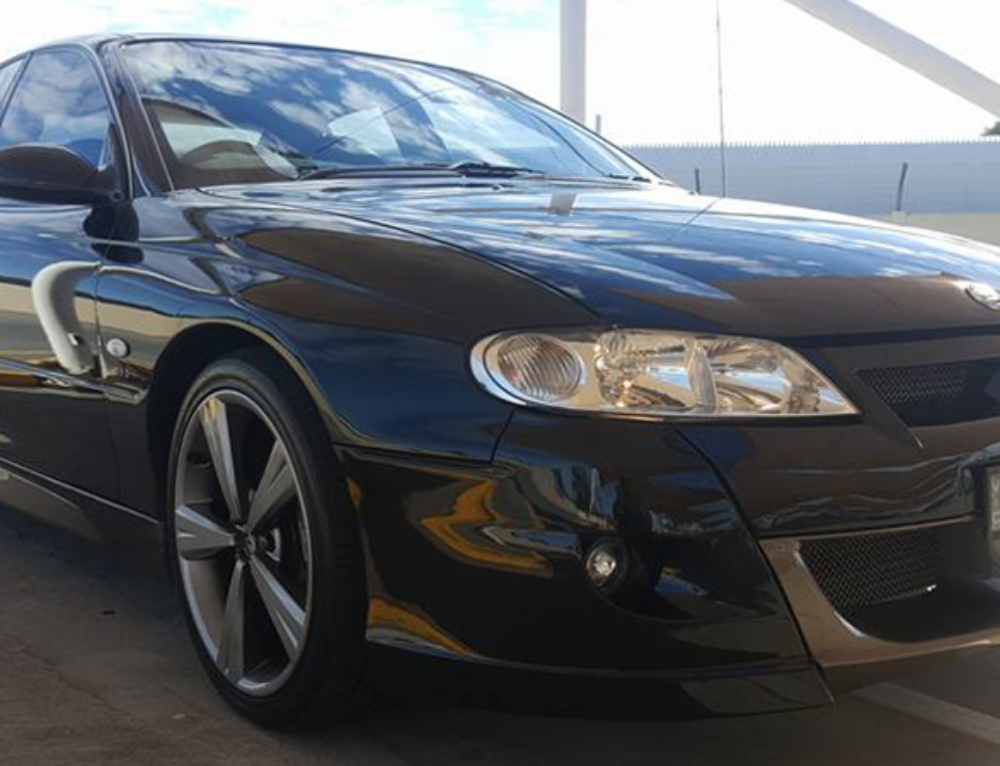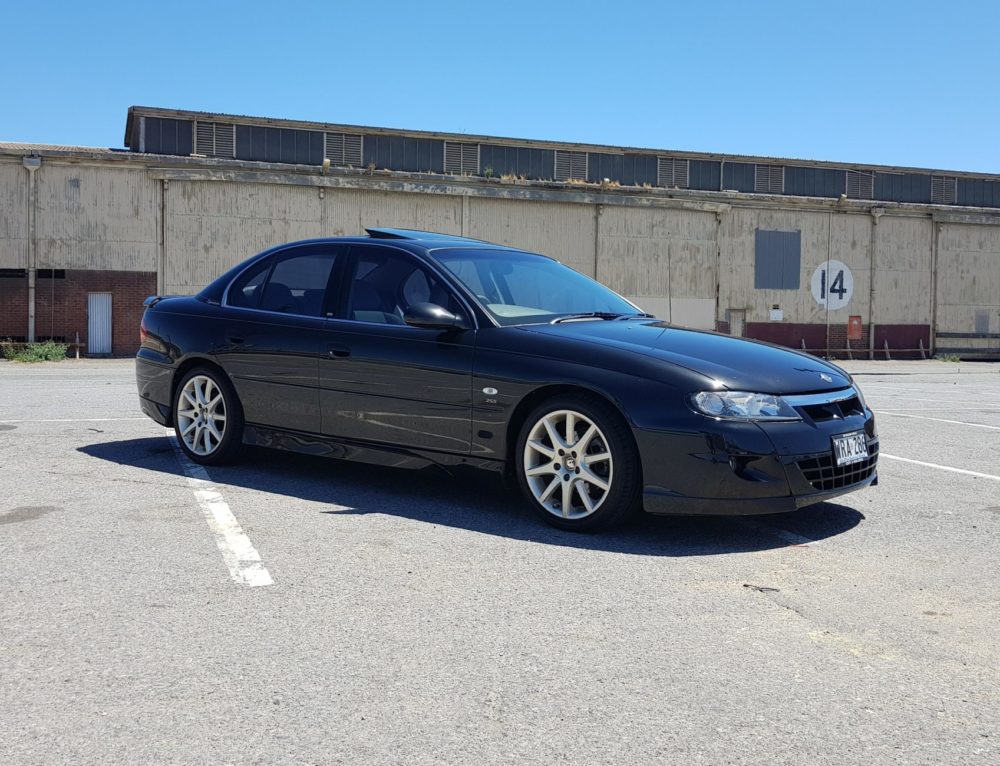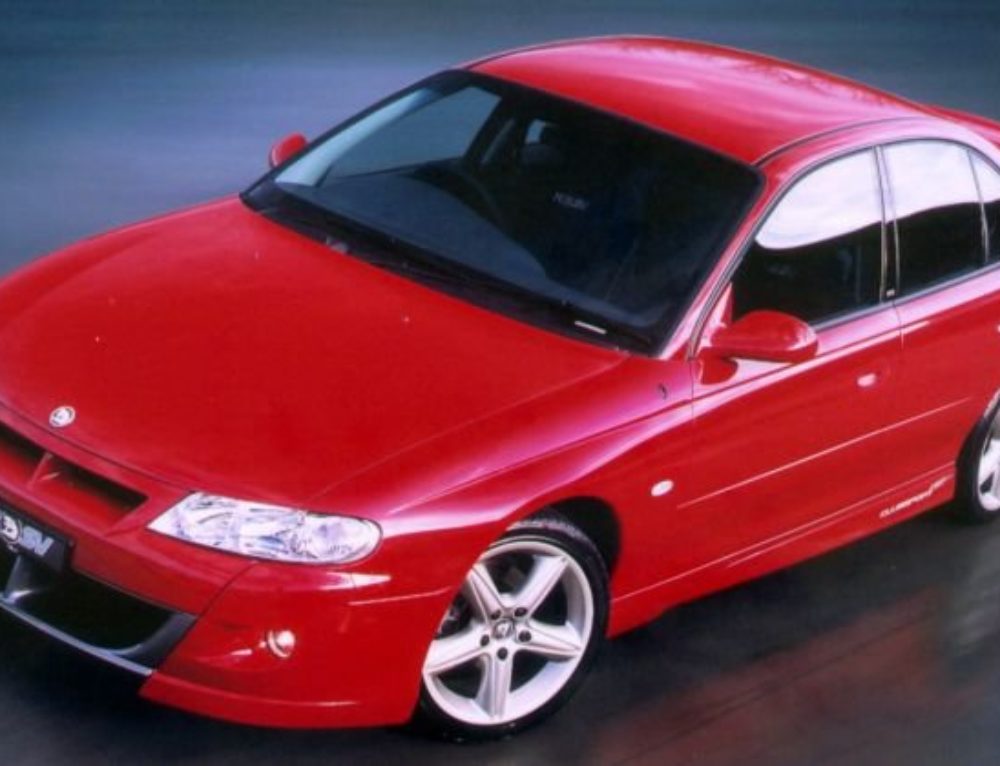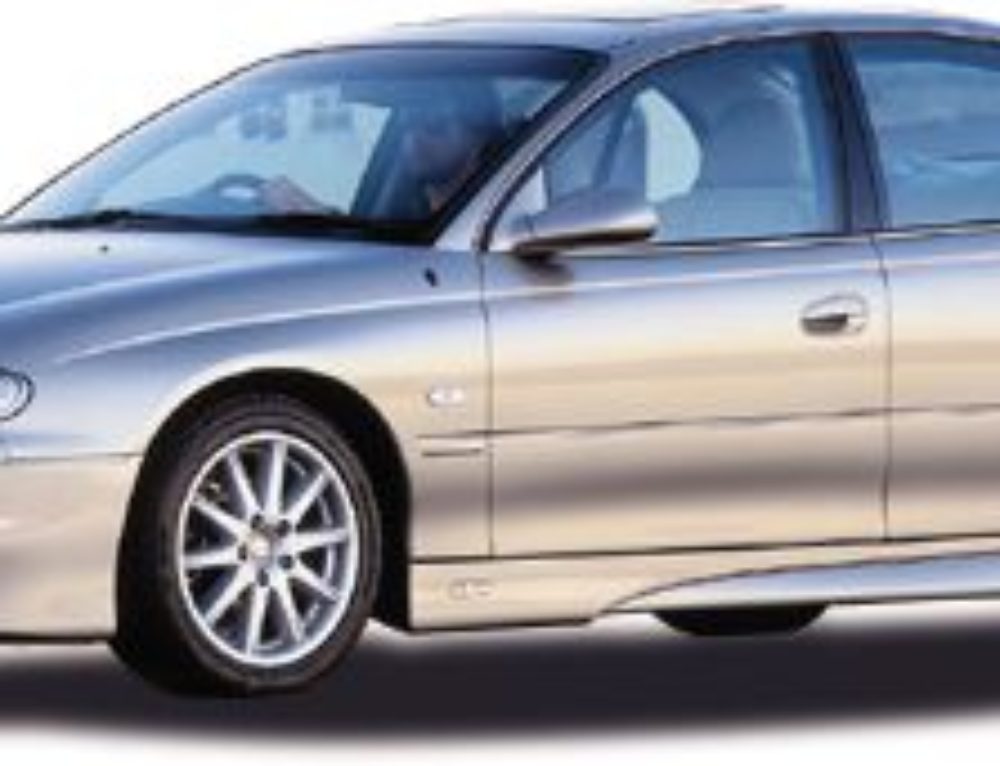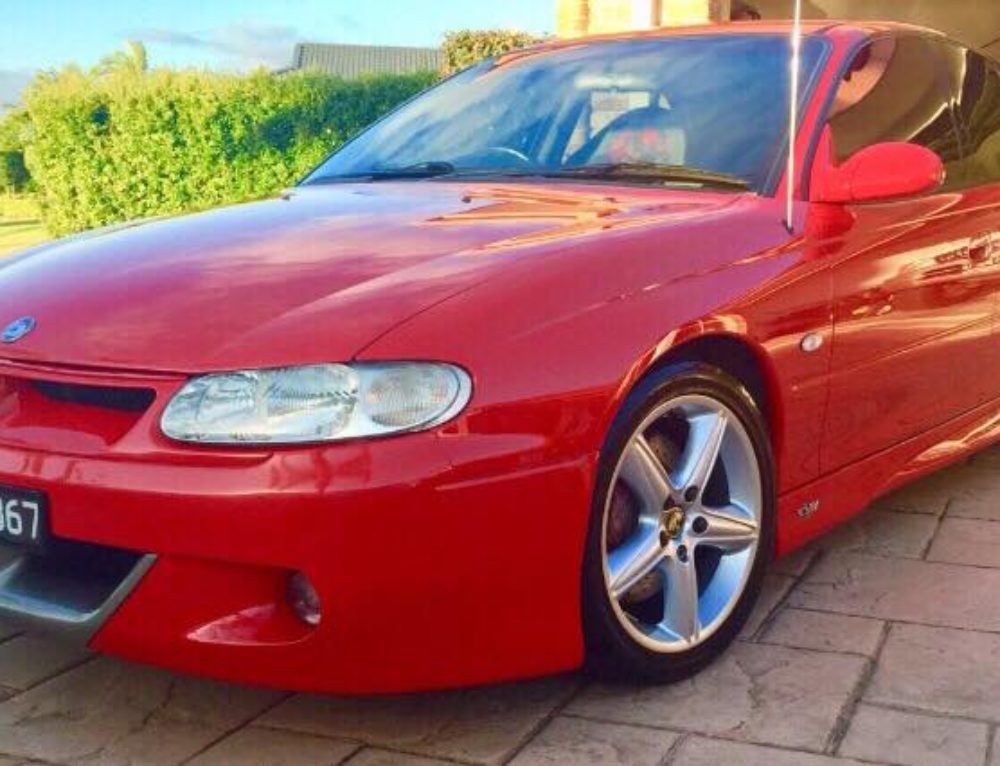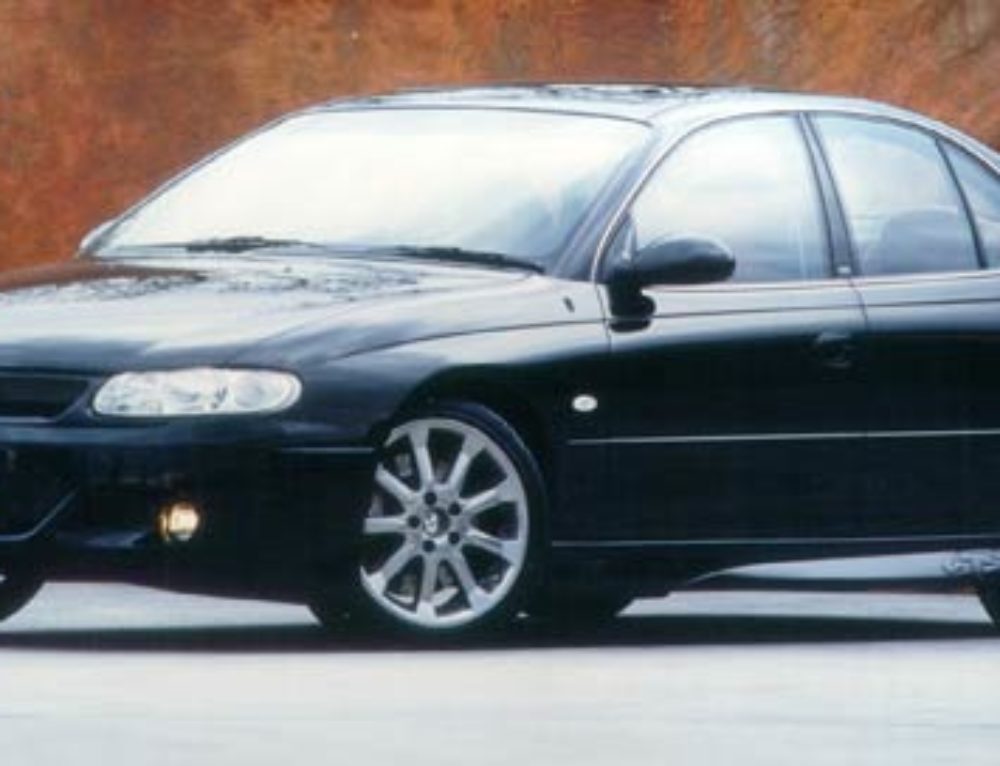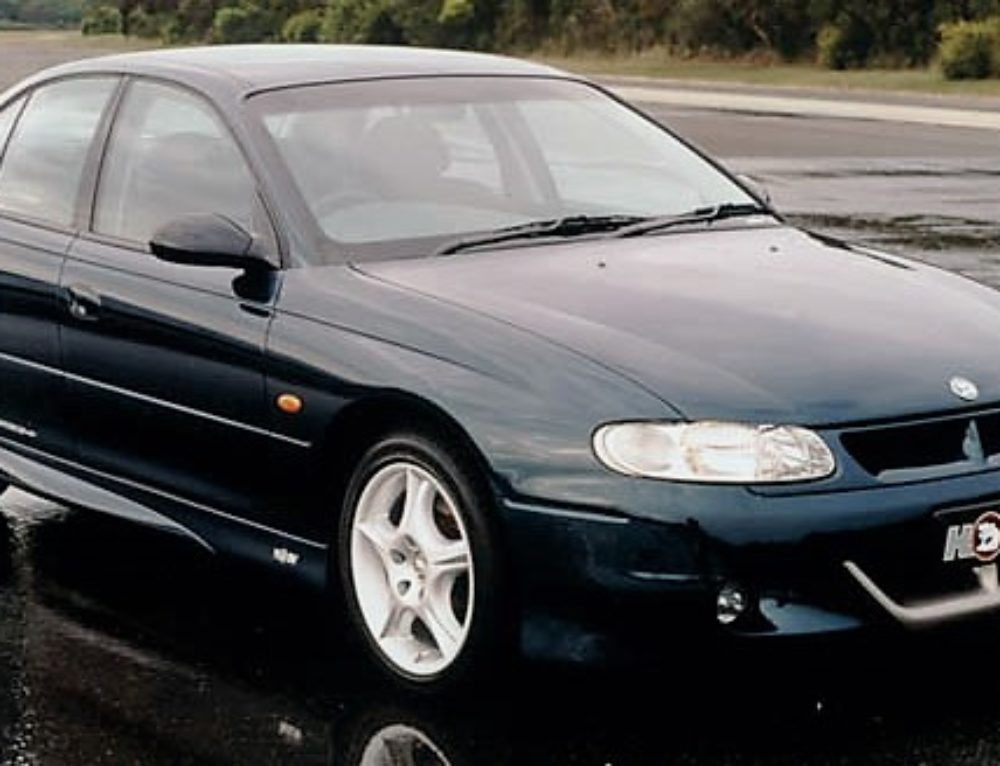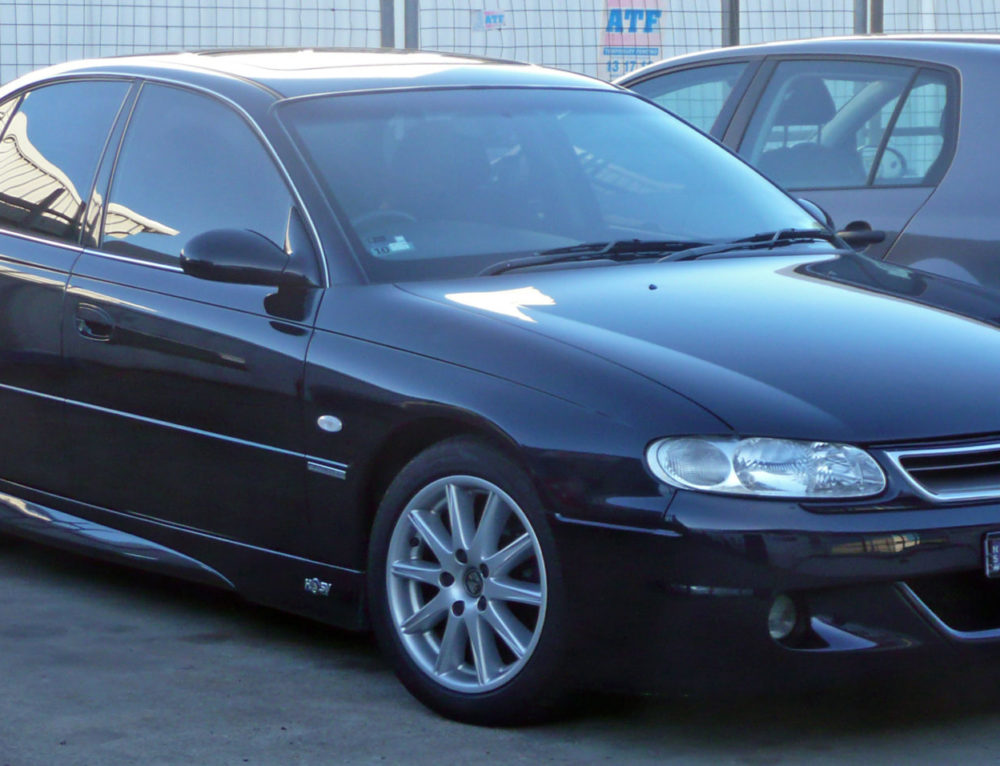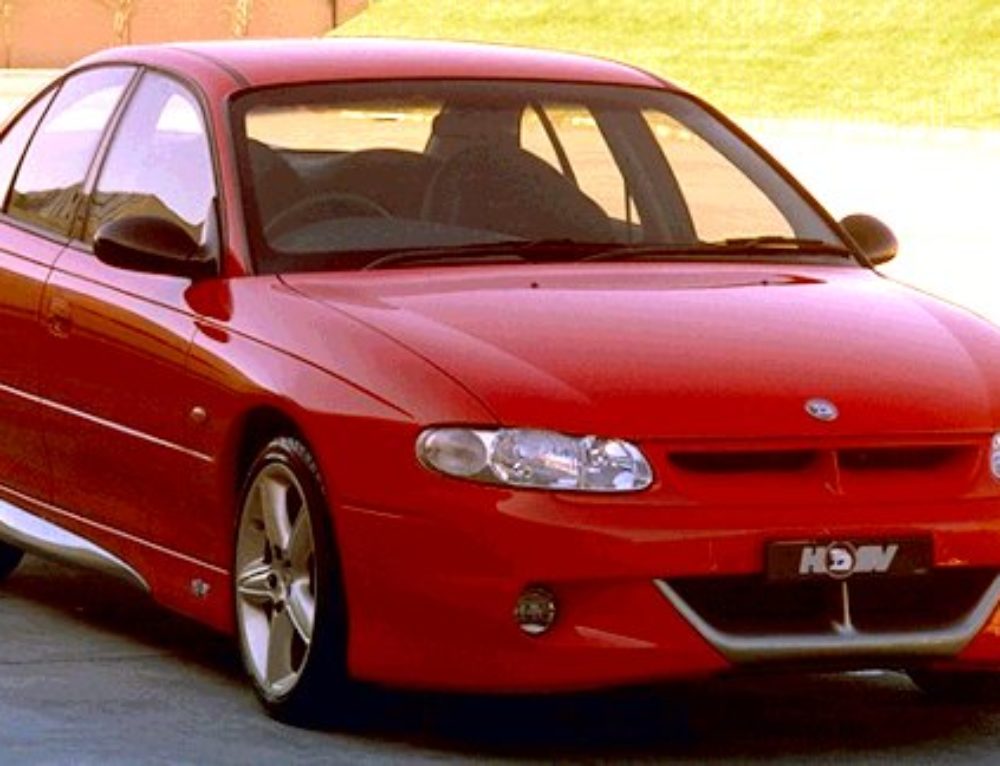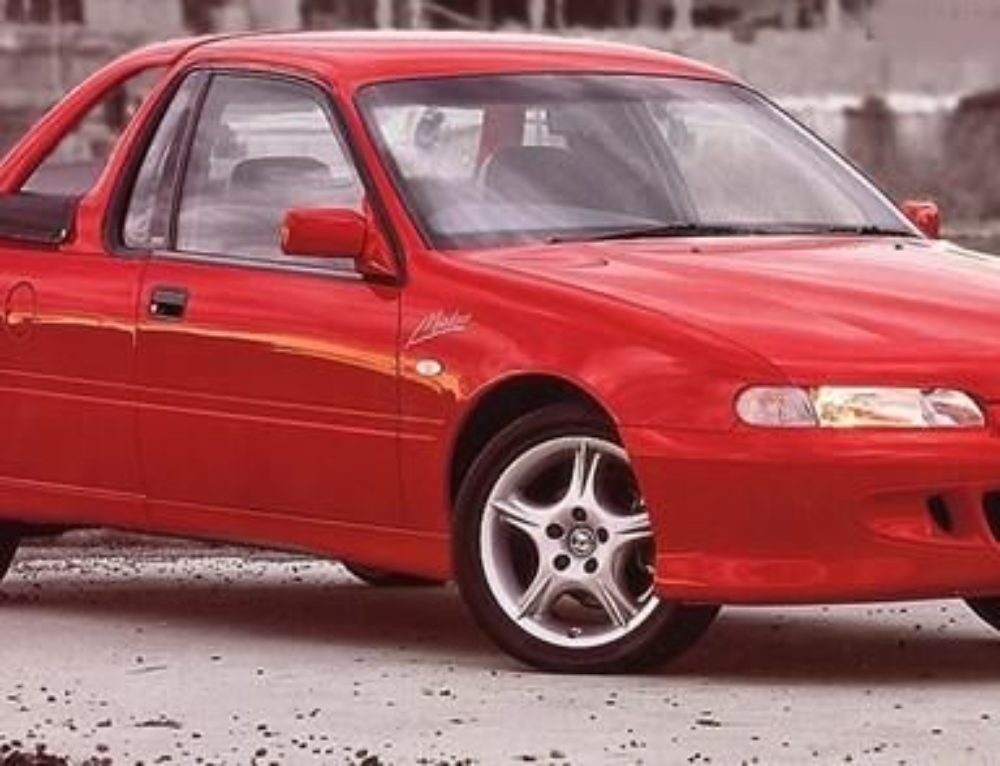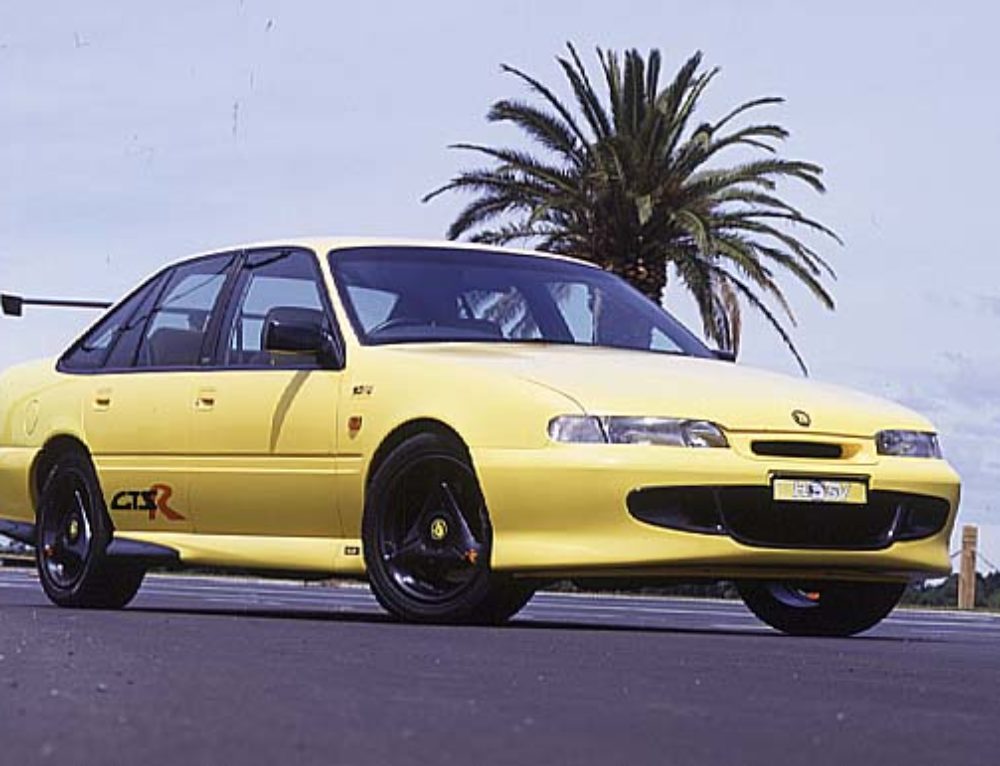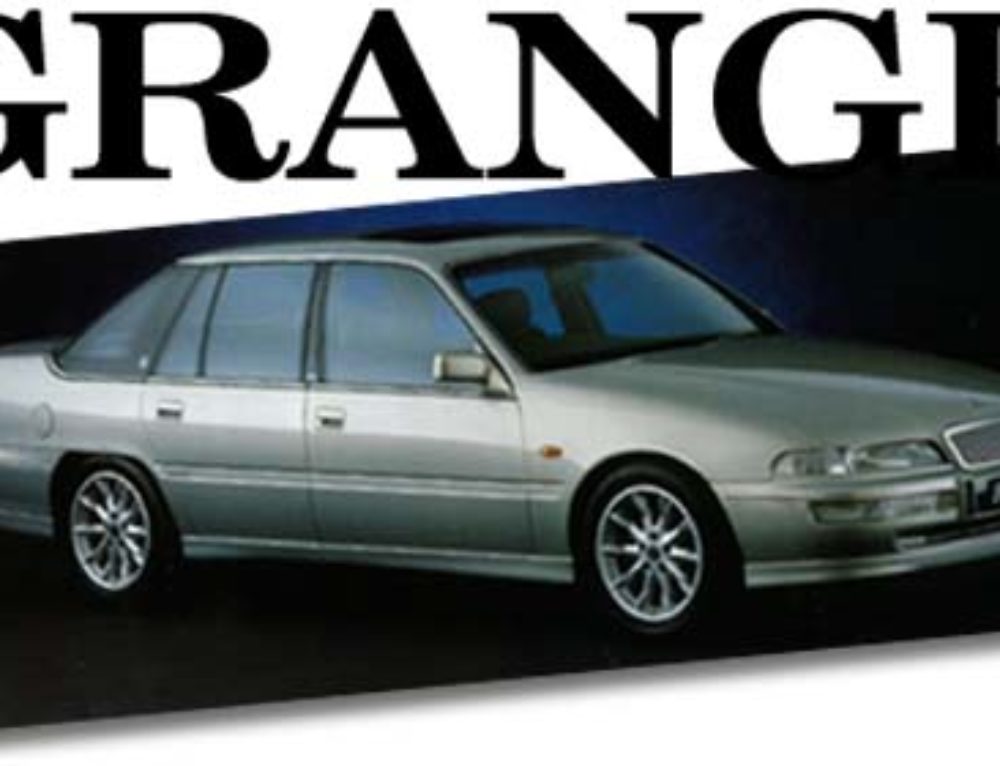HSV GTS E Series
The fundamental underpinnings are based on the mainstream VE Commodore models of the same years. The car is powered by GM’s 6.2-litre LS3 V8 engine, with a maximum power output of 325 kW. Buyers have the option of a six-speed manual transmission or six-speed automatic transmission.
The GTS has usually used a more powerful engine and robust drivetrain than other HSV models, however the E-Series 1 GTS shared the 6.0L LS2 V8 engine with 412 bhp (307 kW) of power and 405 lb·ft (550 N·m) of torque, with the cheaper Clubsport and the luxury Senator. The major difference between the E-Series GTS and other HSV models in the range is the Magnetic Ride Control (MRC, or “MagneRide”). MRC utilises magnetorheological dampers to improve the car’s handling and dynamics. In the GTS, the MRC can be switched between Performance and Track response modes at the touch of a button. MRC is not available on the Clubsport; it is standard equipment of the Senator, but switches between “Luxury” and “Performance”, there is no “Track” mode like the GTS has.
| Quick Details | |
|---|---|
| Years Produced | 2006 – 2013 |
| E Series GTS |
3276 |
| E Series GTS (40th Ann) |
101 |
| E Series II GTS |
777 |
| E Series III GTS |
1775 |
| E Series III GTS (25th Ann) |
140 |
HSV claims the braking performance of the GTS is better than some of the world’s leading sports cars, including the BMW M5, Mercedes-Benz AMG CLS55 and Lamborghini Gallardo. The GTS can stop from 100 km/h (62 mph) in just 36 metres, only 30 centimeters shy of a Porsche 997.
HSV GTS E Series 2
Released in September 2009, the E Series 2 HSV GTS incorporated a more powerful motor and drivetrain than other HSV models. It retains the same GM LS3 6.2L V8 engine but while the rest of the HSV range still have 317 kW or 425 bhp, the GTS engine is rated at (325 kW). Twin bonnet scoops have returned to this model from the styling of the Pontiac G8. Other changes include the availability of launch control on manual versions, a recalibrated version of the magnetic ride control suspension with stiffer springs for the HSV GTS, wider wheels and a new high-flow dual-mode muffler system that produces a throatier roar under heavy acceleration. The E-Series 2 stability control system also has a Competition setting which allows for more wheel slip for special track or motorsport applications. The cruise control brakes the car when it is travelling downhill to ensure its speed stays within one per cent of the set speed. This model has daytime running lights.
The E Series 3 was announced in September 2010. It carried the same motor and drivetrain as before, and only minor changes to the exterior. In this series HSV focused on changes to the interior of the car as well as major upgrades to the computer systems and a new electronic interface called the HSV Enhanced Driver Interface. External changes included the shock wave exhaust tips and grilles and new HID Xenon adaptive projector headlamps. The control panel changes included a new ‘Oracle Dash’ with upgraded trip computer, tire pressure monitors and fuel statistics; the center console was reworked, introducing the Holden touchscreen IQ system and the HSV EDI performance data logging system (similar to the Nissan GT-R), which displays real-time information on engine speed, brakes, gear shifts, g-forces on the car, steering angle, fuel economy, stability control, Magnetic Ride Control suspension, car dynamics, Bi-Modal Exhaust, battery voltage, oil pressure, power, torque, elevation, exhaust pressure, intake manifold pressure and air intake temp. The system includes preloaded race track locations, stop watches and track maps, satellite navigation, digital radio, Bluetooth, optional DVD player and ability to download data onto a PC using the Motech i2 software. The E Series 3 introduced (SBZA) Side Blind Zone Alert which uses ultrasonic sensors to alert drivers of traffic obstructions in blind spots. Using the HSV EDI the driver can customize operation of the car by for example turning off stability control and controlling the Bi-Modal Exhaust. The E Series 3 offered the option of HSV LPI (Liquid Propane Injection), an LPG Autogas system which allows the use of liquid propane as an alternative fuel. The LPI is controlled by the car’s ECU and seamlessly changes from petrol to LPG when the engine has reached optimum temperature (when maximum engine power is required, the system automatically switches back to petrol).
E-Series I
- 6.0 litre LS2
- 307kW @ 6000 rpm
- 550Nm @ 4400 rpm
This engine debuted in the Z series. It is a GM built LS2 V8 customized for HSV’s usage. One of the main reasons that this engine was used is that the LS1 V8 does not meet ADR 79/01 (Euro III) emissions regulations. This new engine also has connections to the L76 6.0-litre used in the VZ and VE Holden Commodores.
2008 and onwards models
- 6.2 litre LS3
- 317kW @ 6000 rpm
- 550Nm @ 4400 rpm
This engine debuted in the E Series. It is a GM built LS3 V8 customized for HSV’s usage. The transition from LS2 to LS3 was primarily to meet impending Euro IV emissions requirements being introduced in Australia on 1 January 2009 and to compete against 2008’s 315 kW (428 PS; 422 hp) FPV GT.
E-Series III
- 6.2 litre LS3
- 325kW @ 6000 rpm
- 550Nm @ 4400 rpm
o-100km/h = 4.9 sec
0-400m = 13.1 sec
*All performance times are to be used as a guide only as many variable factors can change the outcome of each cars perfomance times.
| Quick Details | |
|---|---|
| Years Produced | 2006 – 2013 |
| E Series GTS |
3276 |
| E Series GTS (40th Ann) |
101 |
| E Series II GTS |
777 |
| E Series III GTS |
1775 |
| E Series III GTS (25th Ann) |
140 |
